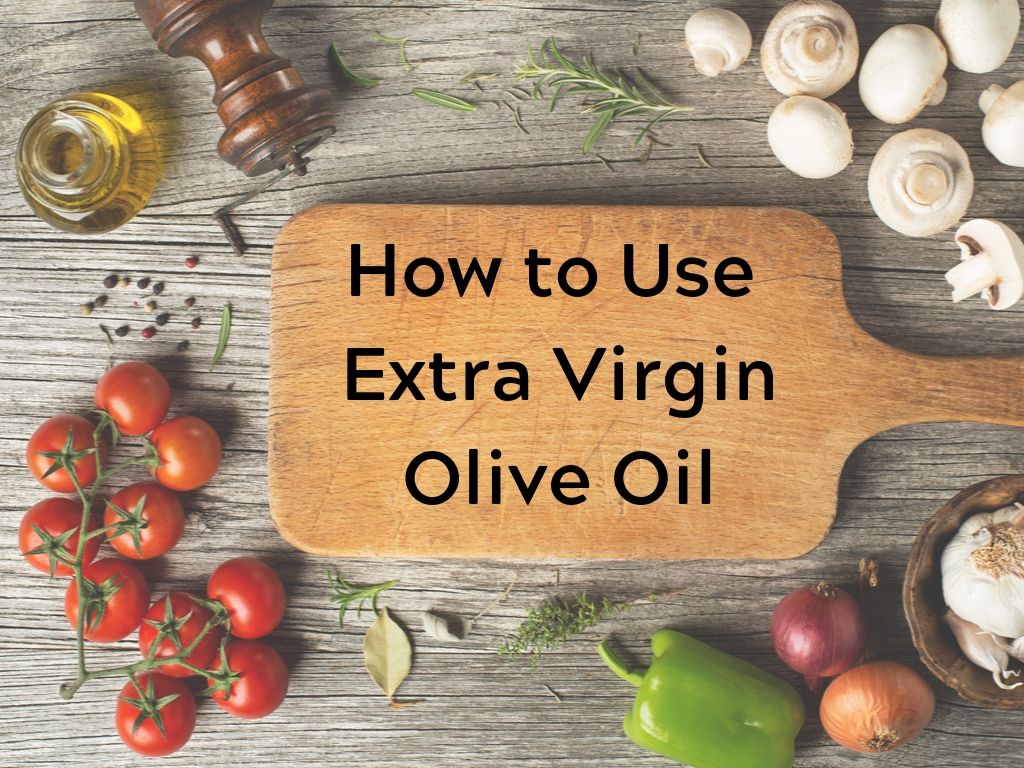Fresh extra virgin olive oil can range in flavor from buttery and mild to bold and grassy with a cough-inducing peppery finish. The variety of flavors and styles of olive oil opens a world of possibilities to a home cook but it can also be overwhelming. We put together a simple guide to demystify EVOO and help you choose the best olive oil to pair with your favorite foods.
Extra virgin olive oil generally falls into three categories: delicate, medium, or robust. There are a few factors that determine an olive oil’s flavor profile, and while weather and climate during the growing season play a role, the varietal of olive and harvest date are of most important. Here’s what you need to know about each style of EVOO.
How to Use Extra Virgin Olive Oil – Delicate Olive Oil
Delicate olive oil is made with olives harvested in the later stages of ripeness. The oil will have a smooth and buttery taste, you’ll notice a fruitiness in the nose, no bitterness at all, and a slightly peppery finish.
Delicate varietals – Arbosana, Picual, Mission can be delicate and buttery when harvested later.
How to Use Delicate Olive Oil
Delicate olive oils are ideal for baking or as a substitute for butter or mayonnaise.
Baking – Try a delicate extra virgin olive oil as a substitute for butter or vegetable oil in any of your favorite baked goods. It’s especially nice in cakes and muffins.
Recipe to try – Banana Oat Bran Muffins
Seafood – Because of the buttery flavor and richness of a delicate EVOO, they work well with shellfish and fish as a finishing oil or for cooking.
Recipe to try – Olive Oil Poached Salmon
As a butter swap – You can use our butter to olive oil conversion chart to swap out the butter in your favorite recipes, but you can even use delicate olive oil as a condiment.
Recipe to try – Olive Oil & Herb Popcorn
How to Use Extra Virgin Olive Oil – Medium Olive Oil
A medium EVOO is made with a combination of olives harvested in both the early and mid-stages of harvest. This oil offers a fruity taste, a grassy scent, and a peppery or spicy finish.
Medium varietals – olive oils made from Arbequina, Koroneiki, and Ascolano olives can be medium-intensity, depending on the harvest.
How to Use a Medium Olive Oil
Medium olive oils are fantastic on vegetables and in vinaigrettes and make delicious bread dipping oils.
Salads – Fruit, medium-intensity olive oils work nicely on any greens, from mild butter lettuce to peppery arugula.
Recipe to try – One Vinaigrette, Four Ways
Roasted Veggies – Toss veggies with EVOO before roasting and then drizzle those tender, caramelized beauties with more olive oil to finish.
Recipe to try – Roasted Acorn Squash
Bread Dipper – Crusty bread, fresh EVOO, sea salt. Done.
Recipe to try – Bread Dipping Oil
How to Use Extra Virgin Olive Oil – Robust Olive Oil
Robust olive oil offers bold flavor, a balanced bitterness, and a very prominent peppery finish. You’ll also enjoy a fruity scent to the nose with this oil.
Robust varietals – Tuscan varietals like Frantoio and Leccino tend to be more robust.
How to Use a Robust Olive Oil
In general, robust olive oils are best used for bold flavors: grilled or roasted meats, tomato dishes, and as a finishing oil.
Grilled Meat – Robust, peppery oils are a natural pairing for beef or lamb.
Recipe to try – Olive Oil Marinated Skirt Steak
To Finish – Intensely flavored oils are perfect drizzled on soups, roasted vegetables, and pasta to add a bold, punch of flavor.
Recipe to try – Spaghetti with Olive Oil, Chile, & Garlic
Tomato Dishes – Tomatoes and olive oil are a natural pairing and we especially love robust, grassy olive oil on our tomatoes.
Recipe to try – Savory Yogurt with Balsamic Tomatoes & Cucumbers









Leave a Reply